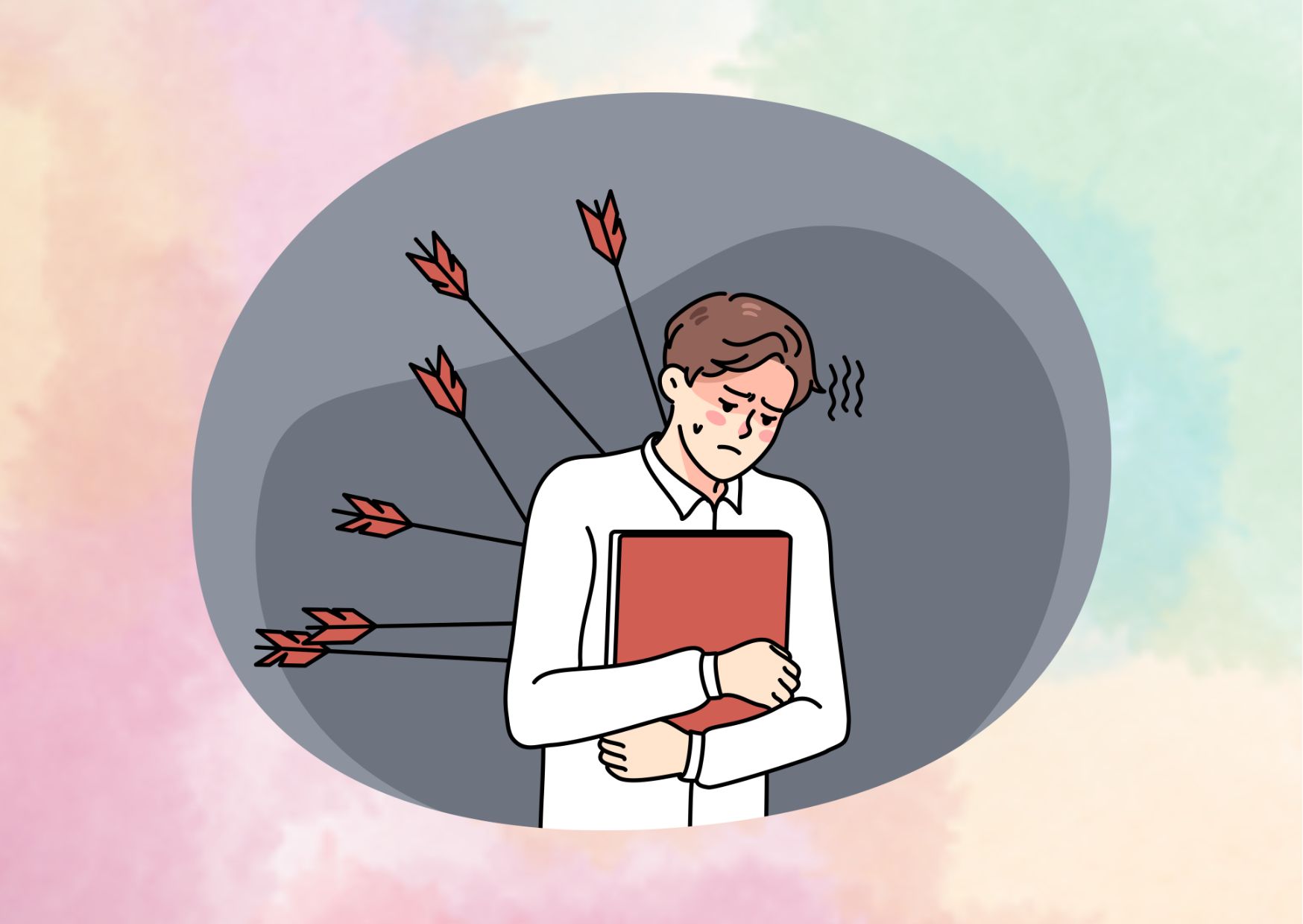How to Heal from Betrayal Trauma: Rebuilding Trust Step-by-Step
70% of adults experience at least one betrayal trauma in their lifetime. The impact? Deep emotional wounds that can shake the very foundation of how we view relationships, trust, and even ourselves.
Betrayal trauma cuts deeper than ordinary hurt. Whether from a partner’s infidelity, a friend’s deception, or a family member’s breach of trust, the aftermath can leave you questioning everything you once believed in. Your brain and body might feel like they’re in constant survival mode, making everyday life feel overwhelming.
But here’s the truth: healing from betrayal trauma is possible. While the journey isn’t linear, understanding the right steps and having proper guidance can help you rebuild trust – both in others and in yourself.
This comprehensive guide will walk you through proven strategies to heal from betrayal trauma, reconnect with your inner wisdom, and create a stronger foundation for future relationships. Let’s begin your path to recovery.
Understanding Betrayal Trauma
First coined by psychologist Jennifer Freyd, betrayal trauma occurs when someone you depend on for survival or basic needs violates your trust in a significant way. Unlike other forms of trauma, betrayal trauma specifically involves harm from someone you rely on – making it particularly complex to process and heal from.
What Defines Betrayal Trauma
Betrayal trauma emerges from situations where there’s a fundamental breach of trust by someone essential to your well-being. This could be:
| Relationship Type | Example of Betrayal |
| Parental | Childhood abuse or neglect |
| Partner | Infidelity or domestic violence |
| Institutional | Workplace discrimination |
What makes betrayal trauma unique is the dependency factor – victims often can’t simply walk away from their betrayers due to emotional, financial, or survival needs.
Common Symptoms and Effects
The impact of betrayal trauma manifests both emotionally and physically:
- Psychological Effects
-
- Post-traumatic stress disorder (PTSD)
- Anxiety and depression
- Difficulty trusting others
- Emotional dysregulation
- Dissociation
- Physical Manifestations
-
- Sleep disturbances
- Gastrointestinal issues
- Chronic pain
- Immune system changes
The Theory Behind Trauma Bonding
The neurobiological impact of betrayal trauma explains why many survivors stay connected to their betrayers. During extreme stress, the brain’s hippocampus function alters due to cortisol flooding, triggering a fight, flight, freeze, or collapse response. This creates a complex attachment pattern where the victim may unconsciously ignore signs of betrayal to preserve the relationship – a phenomenon known as “betrayal blindness.”
This trauma response can literally change your physiology, affecting everything from immune function to emotional regulation. Your brain enters a state of hypervigilance, constantly scanning for potential threats while simultaneously working to maintain the attachment necessary for perceived survival.
Understanding these mechanisms helps explain why healing from betrayal trauma requires more than just time – it needs specific therapeutic approaches that address both the psychological and physiological impacts of the betrayal.
Processing Your Emotions
The journey through betrayal trauma begins with processing your raw emotions – a crucial step that requires both courage and compassion. Like a skilled navigator charting unknown waters, you’ll need to learn how to identify, understand, and work through these complex feelings.
Validating Your Feelings
Your emotional response to betrayal trauma is not just valid – it’s a natural reaction to an abnormal situation. The intense feelings you’re experiencing, from anger to grief to anxiety, are your mind’s way of processing the breach of trust. Remember, these emotions serve as important signals, helping you understand the depth of the impact and guiding your healing journey.
Key emotional responses to validate:
- Anger and rage as protective responses
- Grief over lost trust and security
- Anxiety about future relationships
- Sadness about changed perspectives
Managing Trauma Triggers
Trauma triggers can appear unexpectedly, activating your body’s stress response system. Understanding your personal triggers is essential for developing effective coping strategies.
| Trigger Type | Common Examples | Coping Strategy |
| Environmental | Specific locations or dates | Grounding techniques |
| Social | Similar personalities or situations | Boundary setting |
| Emotional | Feelings of vulnerability | Self-soothing practices |
Creating Emotional Safety
Building emotional safety requires creating an environment where you can process your feelings without judgment. This involves both internal and external safety measures. Start by establishing clear boundaries with others and practicing self-compassion when difficult emotions arise.
To create emotional safety:
- Establish a daily check-in routine with yourself
- Identify and communicate your emotional boundaries
- Create a physical safe space for processing emotions
- Develop a support system of trusted individuals
Remember that emotional safety isn’t about avoiding difficult feelings – it’s about creating a foundation strong enough to handle them. When you feel triggered or overwhelmed, focus on your breath and remind yourself that you’re safe in the present moment.
Practice self-compassion by acknowledging that healing isn’t linear. Some days will feel easier than others, and that’s perfectly normal. The key is to remain patient with yourself while maintaining consistent emotional awareness and self-care practices.
Suggestion for read: How to Navigate the Feeling of Rejection by Your Partner
Rebuilding Self-Trust
After processing your emotions, the next crucial step in healing from betrayal trauma is rebuilding the most important relationship – the one with yourself. When trust is shattered, we often lose faith not just in others, but in our own judgment and intuition.
Reconnecting With Your Intuition
Your intuition is like a compass that was temporarily disrupted by betrayal trauma. Studies show that women particularly have evolved to possess strong intuitive capabilities, with their brains organizing information rapidly to send warning signals when something feels amiss. To reconnect with this inner wisdom:
- Start with daily check-ins: Ask yourself “How am I feeling right now?”
- Document moments when your gut feeling was right
- Practice mindful awareness of physical sensations
- Welcome and validate your emotional responses
Setting Healthy Boundaries
Boundaries serve as the foundation for rebuilding trust with yourself. They’re not walls to keep others out, but guidelines that protect your well-being.
| Boundary Type | Purpose | Example |
| Physical | Protect personal space | Setting limits on physical contact |
| Emotional | Guard mental health | Deciding what to share and with whom |
| Financial | Ensure security | Maintaining independent resources |
| Communication | Control information flow | Establishing discussion parameters |
Developing Self-Compassion
Self-compassion becomes your anchor during the healing journey. Rather than harsh self-judgment about “not seeing the signs” or “allowing the betrayal,” embrace a gentler approach to self-reflection.
Essential self-compassion practices:
- Treat yourself with the same kindness you’d offer a close friend
- Acknowledge that making mistakes doesn’t diminish your worth
- Recognize that your experiences are part of the shared human experience
- Practice daily self-compassion affirmations

